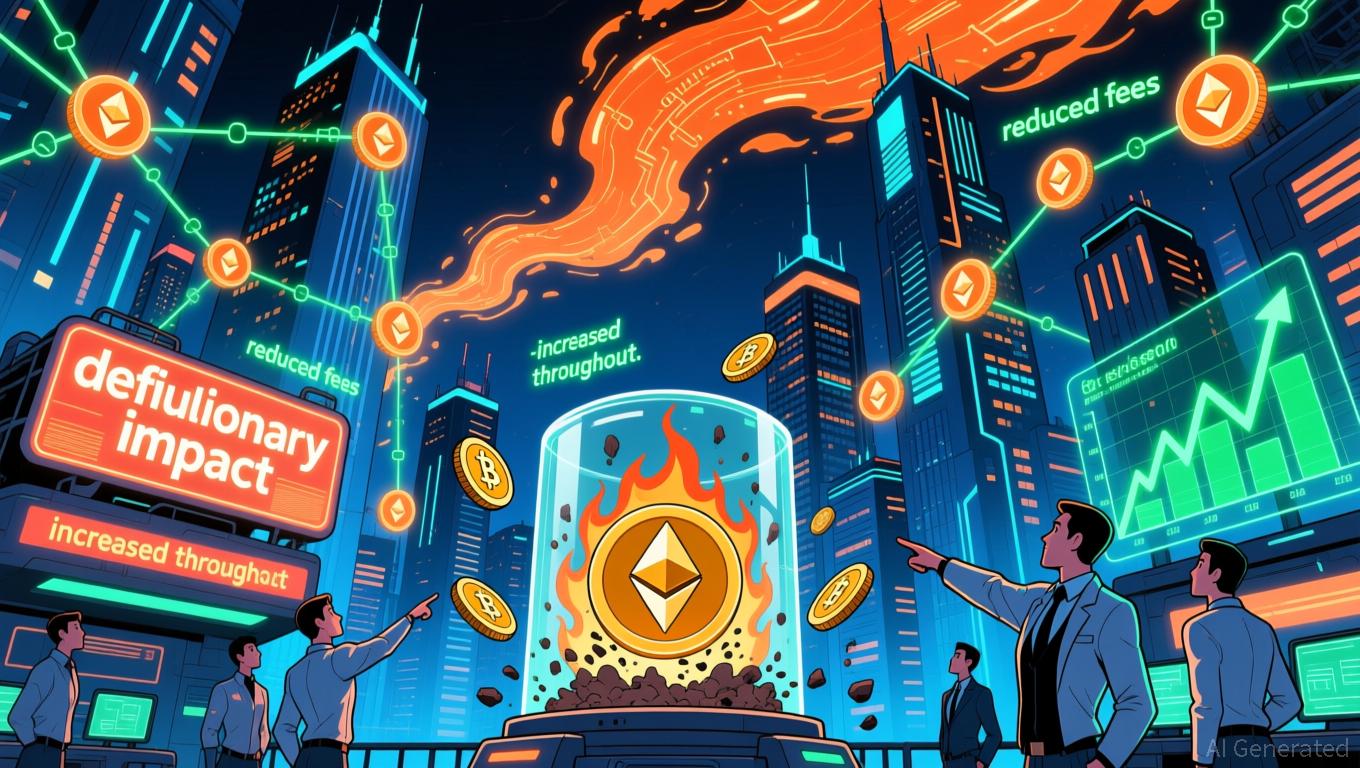A Crypto Lesson From George Soros Amid Binance and Coinbase Accusations
Positioning and expectations explain why the Binance case drove prices down but markets rebounded after Coinbase.
One of the more challenging aspects of investing is thinking about events and the expectations of price movements around them. What we saw last week in the crypto market after the U.S. Securities and Exchange Commission (SEC) took action against Binance and Coinbase was a perfect example.
Specifically, how do you explain the broad market sell-off following the new allegations against Binance (the world’s largest exchange) but a rebound following the case filed against Coinbase (the biggest U.S. exchange) soon after?
Part of this puzzle could be potentially solved (or at least untangled) by considering market expectations and related positioning.
You’re reading, our weekly newsletter featuring insights, news and analysis for the professional investor. to get it in your inbox every Wednesday.

Additional regulatory action against Coinbase was probably more certain than against Binance, as the firm had already received a Wells Notice. Juxtapose this with the enforcement action against Binance, a firm with no official physical headquarters, making it less clear how it would be investigated by the SEC. (Answer: via their U.S. entity, ). If these expectations are somewhat reasonable (caveat for the ex-post analysis), then it could be reasonable to conclude that the difference in market reaction between Binance and Coinbase was related to events that were less and more “priced-in,” respectively.
Looking into the regulated futures market positioning data helps us determine what actions investors have taken to align with their market views. Why the positioning data, and why regulated markets? Well, it's good to understand how traders and investors were positioned going into the event, and there have been many allegations of wash trading in unregulated markets.
A good mental model for investor positioning is to think about passengers on a boat. If everyone is spread out across the boat, a specific passenger moving from one side to another does not impact the net balance much. But if everyone is on one side of the boat (and it’s not capsizing) and someone decides to break from the crowd and catch some fresh air on the other side, that contrarian move will have an outsized impact on the net balance of the system. Positioning alongside investor deleveraging dynamics can also help explain relief rallies.
I prefer to look at the data from the perspective of leveraged money managers as opposed to asset managers, swap dealers, or other reportables, as they are more likely to have unhedged positions. I consider the group’s positioning to be a contrarian indicator, as this category of traders is more susceptible to short squeezes.

From digging into the positioning data (see Figure 2), we can see that both bitcoin (BTC) and ether (ETH) futures net positioning for leveraged money managers are net short and are at or near one-year lows, which confirms the relatively bearish expectations for both tokens and, by proxy, the greater crypto market. With positioning at these bearish levels, the market is more resilient to bad-event news and has an increased sensitivity for positive developments to flip short positions to positive.
Both positioning and market expectations dig into a bigger concept of reflexivity within financial markets, as pioneered by George Soros. In short, market reflexivity suggests that investor perceptions and behavior impact market conditions, which, in turn, impact and shape investor beliefs and actions. This circular, self-referential feedback loop leads to non-linear market dynamics as cognitive biases and expectations build on each other to impact marke t prices and investor positioning. This can explain the emergence of price trends that can become self-fulfilling over the short run and self-correcting over the longer term as traders chase prices until expectations and positioning for continued price moves can only result in a reversal and correction, much to the disappointment of traders who recently started following the trend.
While it’s never a good look for a regulator to target two of the largest exchanges in a single week, last week’s regulatory headlines provided us with a real-world case study in highlighting the importance of market expectations and positioning in providing the setup for event price moves.
From CoinDesk Deputy Editor-in-Chief , here’s some news worth reading:
Edited by Nick Baker.
Disclaimer: The content of this article solely reflects the author's opinion and does not represent the platform in any capacity. This article is not intended to serve as a reference for making investment decisions.
You may also like
Solar radiation reveals previously undetected software flaw in Airbus aircraft fleet
- Airbus issues emergency directive to update A320 fleet software/hardware after solar radiation-linked flight-control incident caused JetBlue's emergency landing. - EU Aviation Safety Agency mandates fixes for 6,000 aircraft, risking Thanksgiving travel chaos as airlines face weeks-long groundings for repairs. - Solar interference vulnerability, previously flagged by FAA in 2018, highlights growing software reliability challenges in modern avionics systems. - Analysts call issue "manageable" but warn of s

Khabib's NFTs Ignite Discussion: Honoring Culture or Taking Advantage?
- Khabib Nurmagomedov's $4.4M NFT collection, rooted in Dagestani heritage, sparked controversy over cultural symbolism and legacy claims. - The project sold 29,000 tokens rapidly but faced scrutiny for post-launch transparency gaps and parallels to failed celebrity NFT ventures. - NFT market recovery (2025 cap: $3.3B) highlights risks like "rug pulls" and volatility, despite celebrity-driven momentum. - Concurrent trends include crowdfunding innovations and sustainability-focused markets like OCC recyclin

Ethereum Updates Today: Fusaka Upgrade on Ethereum Triggers Structural Deflation Through L2 Collaboration
- Ethereum's Fusaka upgrade (Dec 3, 2025) introduces EIP-7918, linking L2 data costs to mainnet gas prices, boosting ETH burn rates and accelerating deflationary trajectory. - PeerDAS and BPO forks reduce validator demands while enabling scalable 100k TPS growth through modular upgrades, avoiding disruptive hard forks. - Analysts predict 40-60% lower L2 fees for DeFi/gaming, with institutional ETH accumulation and a 5% price rebound signaling confidence in post-upgrade value capture. - The upgrade creates

Bitcoin News Update: Stablecoin Growth Drives Cathie Wood's Updated Bullish Outlook on Bitcoin, Not Market Weakness
- ARK's Cathie Wood maintains $1.5M Bitcoin long-term target despite 30% price drop, adjusting 2030 forecast to $1.2M due to stablecoin competition. - She attributes market volatility to macroeconomic pressures, not crypto fundamentals, and highlights Bitcoin's historical liquidity-driven rebounds. - UK's "no gain, no loss" DeFi tax framework and firms like Hyperscale Data ($70.5M BTC treasury) reflect evolving regulatory and strategic dynamics. - Bitfarms' exit from Bitcoin mining to AI HPC by 2027 unders

